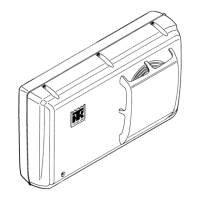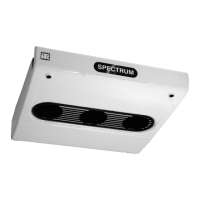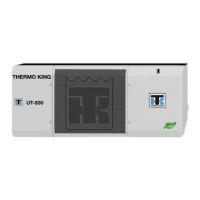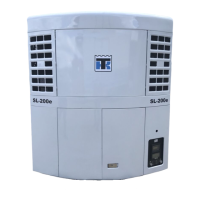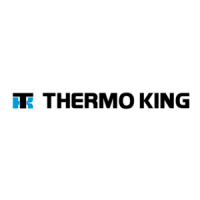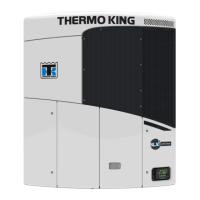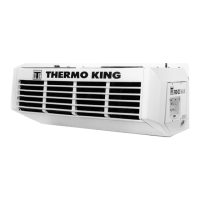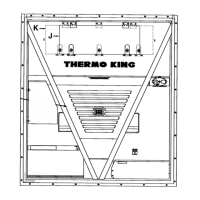Operating Theory
136
Trip data can be retrieved (but not erased) from the data-logger memory using a LOGMAN II handheld
data retriever, LOGMAN II PC used on a laptop PC or a REFCON power line remote monitoring system.
LOGMAN II data transfer rate based on a 1 hour log interval is about 15 seconds per month of event logs
and about 70 seconds per month of temperature logs. For example, downloading 90 days of data logs
would take about 95 seconds for event logs only and about 210 seconds for temperature logs only.
Trip data from separate units is denoted by the identification information entered into the controller at the
beginning of the trip via the general purpose keypad. Identification data may include the container ID
number, location B.R.T., contents, loading data, voyage no., ship, load port, discharge port and comments.
The container ID number is stored in the Configuration submenu.
Cold Treatment (CT)
This feature is designed to maintain a temperature below the actual setpoint for a period of time, (per
USDA specifications) and then increase the temperature to the final setpoint. If at any time one of the
USDA sensor temperature reading goes above the USDA Max the CT period will begin again.
To document the CT, a set of events and temperatures are recorded in the datalogger. When the CT has
passed the controlling setpoint will be increased at slow rate to the final setpoint.
Controller Settings
CT Temperature Setpoint - Setpoint temperature used during the CT period.
CT Period - Number of days and/or hours accepted by the USDA max limit, to pass the CT period.
CT MAX USDA Temperature - Maximum allowed USDA sensor temperature during the CT period.
CT Final Temperature Setpoint - Final setpoint temperature after the CT passes.
CT Heatup - Delay interval between each 0.1 C increase (normally 1 hour).
Figure 106: Example of CT Log
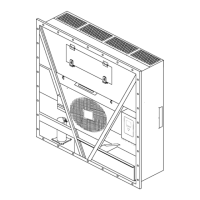
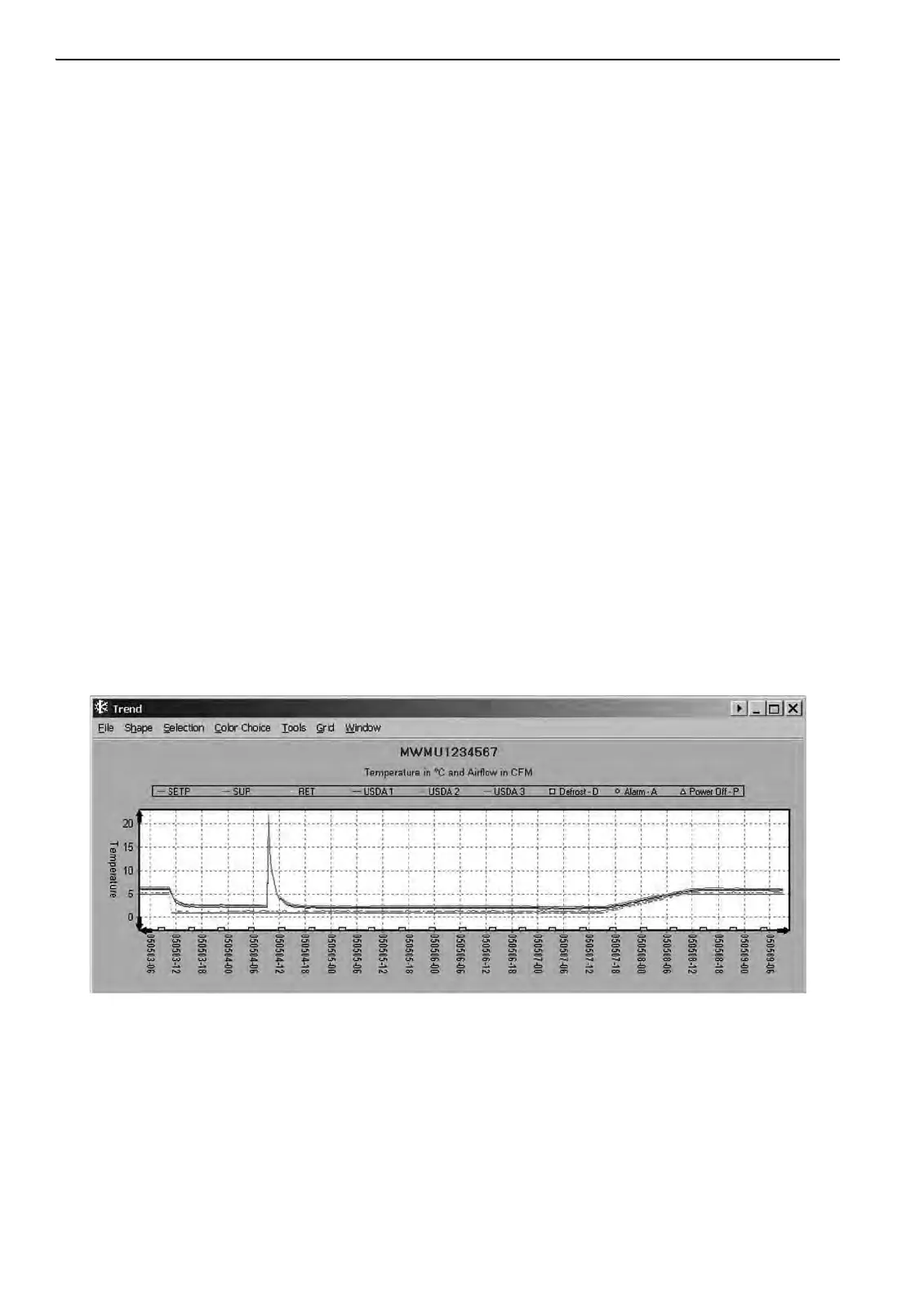